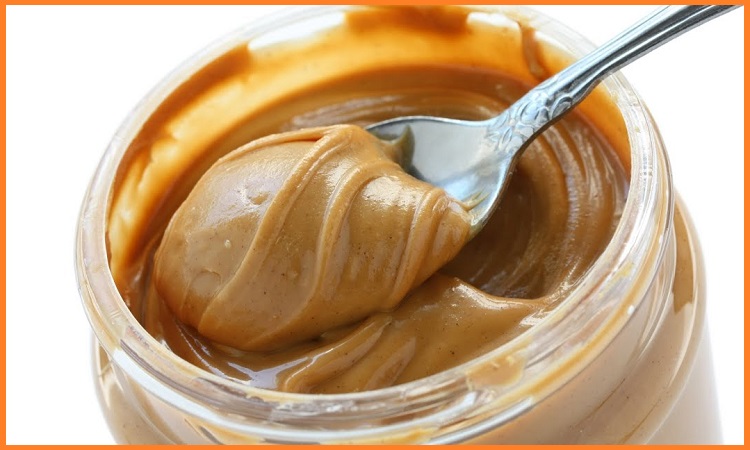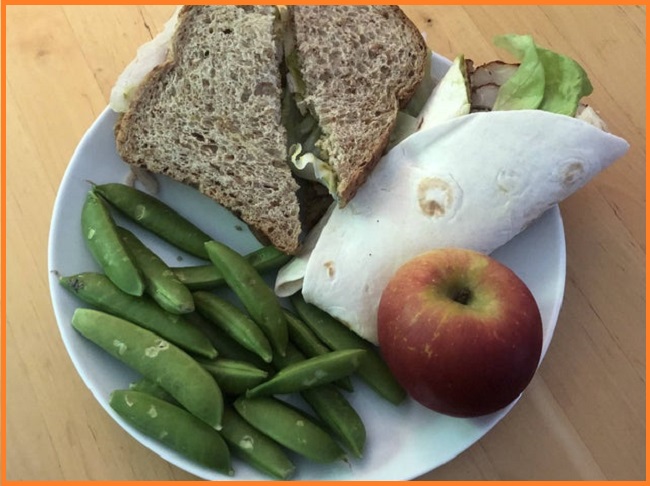The first step is to read the nutrition facts label. The label will tell you how much fat, carbohydrate, protein, and fiber are in 100g of Peanut butter. The nutritional summary will also tell you how many calories are in each serving. The total fiber content is listed as well as the total sodium content. Regardless of the type of peanut butter you choose, it is important to read the nutrition facts before making a purchase.

A one-tablespoon serving of smooth peanut butter has 2 grams of fiber, while a 1-tablespoon serving of chunky peanut butter has 1.3 grams of total dietary fiber. That’s a healthy amount of fiber. For comparison, a serving of lentils contains 0.7 grams of fiber. You can make peanut butter into nut butter or spread it on toast. It contains about the same amount of fiber as a quarter-cup of whole wheat bread.
However, peanut butter is higher in fat than other sources of fiber. Two tablespoons contain about 180 calories and sixteen grams of fat, compared to about 160 calories and seven grams in grapes. While it isn’t an ideal food for people trying to lose weight, it is a delicious way to get your daily recommended amount of fiber. Adding some chopped vegetables to scrambled eggs will also give you a serving of fiber, but scrambled eggs don’t contain much.
For a low-fiber diet, you can combine peanut butter with other high-fiber foods, including fruit, vegetables, and whole-grain bread. This can help reduce the amount of bloating and gas you experience. And if you’re trying to get rid of constipation, adding more water to your diet can help as well. So, what does the nutrition label say about peanut butter? Let’s look at the fatty acids and fiber content of a single tablespoon.
A serving of 100g of peanut butter contains about five grams of fiber. A tablespoon contains about eight grams of fat and fifteen grams of carbohydrate. As you can see, peanut butter is high in fat and calories, but it’s a great food source for a low-calorie diet. If you’re trying to eat healthier, keep your portions in mind. If you’re looking for a good snack, consider a snack with a few teaspoons of peanut butter.
For more information, consult the nutrition facts label on the jar. A teaspoon contains 16 grams of fat. And a half-cup contains only nine grams of fiber. If you’re not sure whether peanut butter is high in fiber, you can buy a jar that’s already labeled as “nut-butter”. For more information, visit the Global News website. It’s an excellent source of nutrition. A serving of peanut butter has 190 calories and about 16 grams of fat.
There are several types of peanut butter available. The smooth variety contains only a quarter gram of fiber per tablespoon, while the bold one contains more than twice that. The fats in peanut butter are omega-6 and oleic acid, which are essential for good cholesterol. Both of these fatty acids are beneficial for our health. Moreover, the protein and fiber content of peanut butter is high, which is why it’s a great snack to eat in moderation.
One tablespoon of peanut butter contains two to three grams of fiber. That’s about ten percent of your daily fiber needs for women. It’s also a good source of vitamin E, potassium, iron, and other minerals. And, it’s low-carb, too! A serving of peanut butter is only about 275 calories and two to three grams of fiber. But you can get the same amount of nutrients from just a teaspoon of it.
The lowest calorie peanut butter contains no sugar or salt. The highest amount of protein and fiber in a serving of peanut butter is in the smooth version. Its low-glycemic and high-fiber varieties are the best for weight loss. If you have a peanut allergy, you can purchase low-glycemic varieties. These types are the healthiest peanut butter and have no added sugar. It’s not the fats in the peanuts. It’s also low-sugar versions that contain added salt or sugar.



